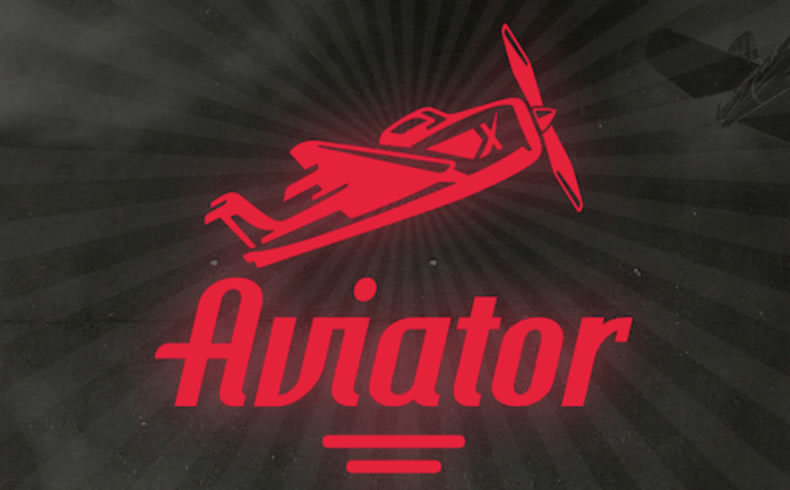Aviator: Rich Cards in Super Ace: In the world of content creation and interactive learning, Rich Cards in Super Ace serve as a powerful feature that enhances visual storytelling, gamified learning, and personalized knowledge delivery. Whether you’re building e-learning courses, digital books, or engaging presentations, Rich Cards offer an intuitive way to structure content.
Rich Cards in Super Ace: This article covers everything you need to know about using Rich Cards in Super Ace, how to maximize their effectiveness, and when to use them for specific instructional or design goals.
📌 What Are Rich Cards in Super Ace?
Rich Cards are interactive, self-contained blocks that can include a mix of:
- Text
- Images
- Audio
- Video
- Buttons
- Quizzes
- Animations
Rich Cards in Super Ace: They allow content creators to layer complexity without overwhelming the user. Each card can be a mini-scene or concept, making them ideal for microlearning or modular storytelling.
🧱 Structure of a Rich Card
Rich Cards in Super Ace: A Rich Card generally contains the following components:
| Component | Description |
|---|---|
| Title/Header | The main heading or question of the card. |
| Media | Image, video, or animation that complements the content. |
| Body Text | Core content or instructions. |
| Interactivity | Buttons, hotspots, or swipe elements for engagement. |
| Feedback Zone | (Optional) Shows immediate feedback after user action (e.g., quizzes). |
🛠️ How to Create a Rich Card in Super Ace
Rich Cards in Super Ace: Here’s a step-by-step guide to creating a Rich Card:
Step 1: Start a New Project or Slide
- Launch Super Ace and open your project.
- Select the slide type that supports Rich Cards, typically under Interactive Templates.
Step 2: Choose “Rich Card” from the Widget Library
- Locate the “Insert Widget” or “Add Interactive Block” button.
- Select “Rich Card” from the available components.
Step 3: Customize the Rich Card
| Element | Customization Tips |
|---|---|
| Header | Keep it concise. Use action words or questions like “What happens next?” |
| Image/Video | Use visuals that directly support the concept. Avoid decorative-only images. |
| Text Body | Use bullet points, emphasize key terms, and avoid large paragraphs. |
| Buttons/Actions | Label clearly – e.g., “Reveal Answer,” “Next Tip,” or “Try Again.” |
| Feedback (if quiz) | Provide explanations for both correct and incorrect responses. |
Step 4: Configure Navigation
- Link the Rich Card to other cards or slides using internal navigation tools.
- Choose whether the card appears as a modal (popup) or inline with the content.
💡 Best Practices for Rich Card Usage
| Tip | Why It Matters |
|---|---|
| One Concept per Card | Prevents cognitive overload and improves retention. |
| Use Consistent Layouts | Reduces confusion and makes design look professional. |
| Integrate Multimedia Meaningfully | Each image or video should serve a clear learning or storytelling purpose. |
| Keep Interactions Intuitive | Don’t overuse buttons or interactivity – it should feel natural and useful. |
| Test on Multiple Devices | Ensure the card is responsive and accessible on mobile and desktop. |
📊 Example Use Cases for Rich Cards
| Scenario | How Rich Cards Help |
|---|---|
| Employee Onboarding | Step-by-step cards showing company policies, culture, and scenarios. |
| Product Demos | Visual walkthroughs of features, with embedded video and quizzes. |
| Language Learning | Flashcards with pronunciation, translations, and mini-challenges. |
| Safety Training | Scenario-based cards with interactive decisions and feedback. |
🚫 Common Mistakes to Avoid
| Mistake | Consequence |
|---|---|
| Overloading with content | Leads to user fatigue and abandonment. |
| Unclear navigation | Users get lost and miss parts of the lesson. |
| Ignoring accessibility | Poor experience for users with visual, motor, or cognitive challenges. |
| Too many animations | Distracts from the message. Use motion sparingly. |
📈 Measuring Effectiveness
Super Ace provides analytics dashboards where you can track:
- Engagement time per card
- Interaction rates
- Quiz scores
- Completion rates
Use this data to iterate and improve your cards.
Rich Cards in Super Ace represent the future of microlearning, interactive storytelling, and engaging content design. When used effectively, they transform passive content into active experiences that inform, challenge, and delight learners.
The key is to be strategic: Use cards not just for design, but to segment ideas, encourage reflection, and promote deeper engagement.


